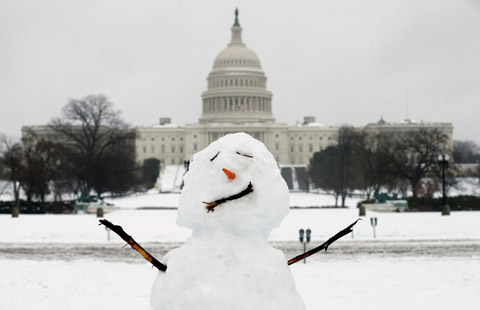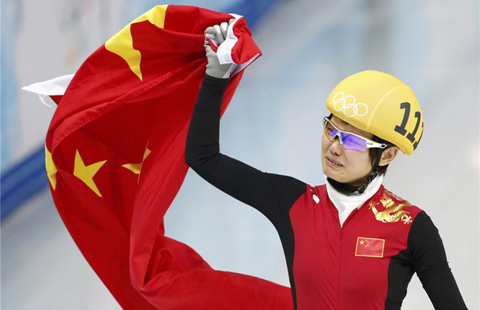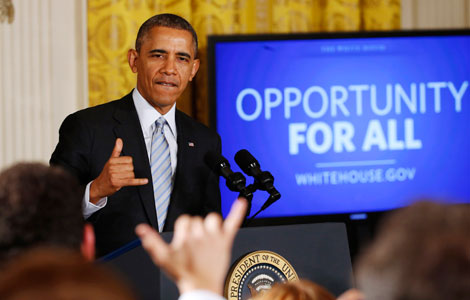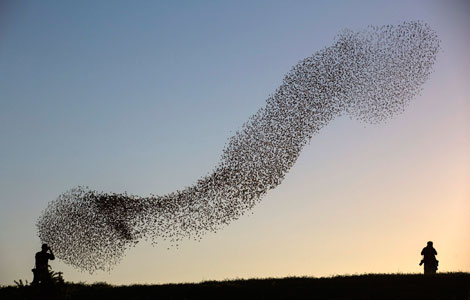Economists divided over surprising export strength
Updated: 2014-02-14 15:11
(Xinhua)
|
||||||||
Lunar new year effects
Opinions also collided over what role the timing of Lunar New Year has played.
Spring Festival, lunar new year, fell on Jan 31, the start of a week of holidays for Chinese workers. The holiday started on Feb 9 last year.
The timings of holidays can greatly distort export readings as many manufactures slow or even stop their production a few weeks beforehand.
"It seems that the lunar new year effect has had little impact on trade numbers, due, perhaps, to the fact that both January last year and January this year had the same number of working days [22]," Lu said.
Wang Tao, chief China economist at UBS, interprets the role of the new year from a different perspective.
"The earlier lunar new year in 2014 means that more shipments could have been front-loaded to January than in 2013, most likely at February's expense," Wang said in a research note.
Data impilcations
Zhang said it is unclear to what extent the data reflect the true strength of the economy, maintaining his view that GDP growth will slow to 7.5 percent in the first quarter and to 7.1 percent in the second.
Other economists are more optimistic.
Qu Hongbin, HSBC's chief China economist, said the figures implied stronger than many expected, both externally and at home.
Customs data showed trade with the European Union, China's largest trade partner, was up 14.6 percent last month, trade with the United States rose 8.8 percent while that with Japan climbed 7.8 percent.
"We remain cautiously optimistic for China's external outlook in 2014," Qu said, citing the improving economic situation in developed economies, including EU and the US.
Qu expects export growth to accelerate to 10 percent year on year in 2014, up from 7.9 percent in 2013.
Ma Jun, Deutsche Bank's chief economist for Greater China, thinks that underlying export growth may have reached 20 percent in January after adjusting for the data distortion in last January.
"We expect the positive trend of export recovery to continue, and export growth should likely rise to 14 percent for the year as a whole," he said.
Ma added that the acceleration in export growth will be driven by improving external demand, especially in the US and eurozone, as well as the deceleration of yuan appreciation.
As trade surplus remains strong, the yuan will continue modest appreciation this year, said Chang Jian, chief China economist at Barclays.
The trade surplus stood at $31.9 billion last month, up 14 percent from a year ago and 24.2 percent from December, according to new data.
Chang said the yuan may appreciate modestly against the US dollar this year to reach 5.95 by the end of the year, which implies an annual gain of 1.75 percent.
The central parity rate of the yuan against the US dollar appreciated by 3.09 percent last year, central bank data showed.
We recommend
January trade: Strong growth but uncertainty remains
Robust trade eases slowdown worries
China's 2013 service trade hits new high
Sri Lanka, China FTA expected to conclude this year
Most Viewed
Editor's Picks

|

|

|

|
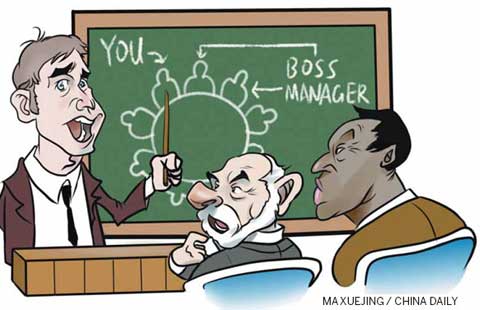
|
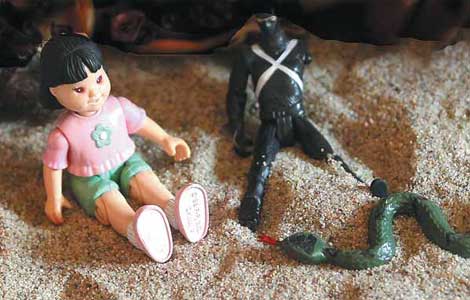
|
Today's Top News
Kerry's visit bodes well for China-US ties
China underscores Maritime Silk Road co-op
A holiday that’s red-hot for lovers and retailers
Plan drafted for $36b undersea tunnel
Rural reform needs science input
Service gives hope to bereaved parents
China's IPOs raise nearly $5 billion
Hungary unlikely to join the eurozone soon
US Weekly

|

|
